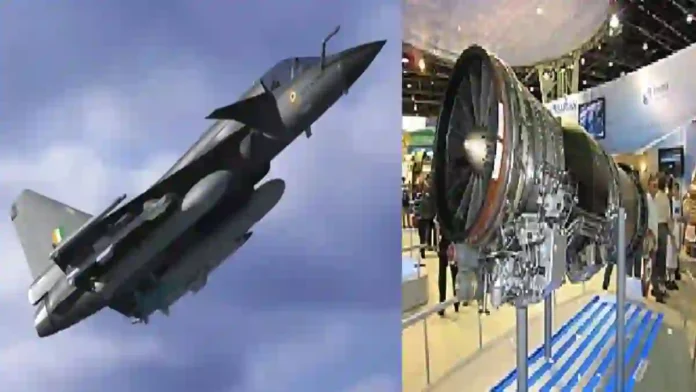India is carefully weighing Safran’s jet engine proposal for the TEJAS MK-2 fighter in the backdrop of ongoing trade frictions with the US, though officials stress this does not imply rejection of General Electric’s F-414 engine.
Safran, the French aerospace giant, has approached the Defence Research and Development Organisation (DRDO) with a plan to set up a comprehensive engine-manufacturing ecosystem in India, offering twin solutions—one tailored for TEJAS MK-2 and another for the fifth-generation Advanced Medium Combat Aircraft (AMCA).
Read- India Urges Saudi Arabia To Respect Sensitivities After Defence Pact With Pakistan
This would expand on Safran’s existing partnership with Hindustan Aeronautics Limited (HAL), under which more than 400 Advanced Light Helicopters have been powered by French co-developed engines.
TEJAS MK-2, slated for its maiden flight in early 2026, is structurally designed around GE’s F-414, and an engine swap at this stage would necessitate significant redesign due to differences in thrust, intake angles, and power profiles across engine families.
India and the US had earlier, in July 2023, announced joint production of the F-414 in India with technology transfer, but the deal still requires multiple layers of administrative clearance and detailed negotiations between GE and HAL.
Washington’s slower approval pace and delivery bottlenecks have raised concerns in New Delhi: India faces an immediate crunch as HAL has completed nearly a dozen TEJAS MK-1A airframes, but only three F404 engines have arrived from the US supplier, delaying squadron induction at a time when Air Force combat numbers are already stretched thin.
Safran’s timing adds a geopolitical angle. Its offer comes as US-India defence trade negotiations are under scrutiny, even as Washington publicly pitches deeper co-development and co-production of systems.
Read- ‘Our Real Enemy Is Dependence On Other Countries’: Prime Minister Modi
Read- TEJAS MK-1S Update: HAL Says 10 Jets Are Ready For Delivery
Notably, French officials have consistently signalled readiness to support India’s high-technology ambitions, while US commitments have been slowed by legal processes and export regulations.
Indian Defence Minister Rajnath Singh reinforced this preference recently, announcing plans to co-develop jet engines with Safran as part of a broader localisation drive aimed at breaking dependence on foreign supply chains.
Operationally, the choice reflects a strategic balancing act: staying aligned with the planned GE engine ensures minimal delays to TEJAS MK-2’s development timeline and maintains India’s US defence partnership, but embracing Safran’s wider industrial ecosystem could secure deeper indigenous capability, particularly for AMCA’s requirement of a higher-thrust, next-generation power-plant.
For now, DRDO is conducting technical and commercial evaluations of the French offer, with officials underlining that both industrial feasibility and geopolitical calculations will shape New Delhi’s final decision.
India’s urgent dilemma is whether to prioritise near-term timelines and deliveries with GE, or to seize Safran’s proposal as a long-term, sovereign capability anchor in fighter engine technology.
IDN (With Agency Inputs)
Agencies




